Content Sections
By Rob Verkerk PhD, founder, scientific and executive director, ANH-Intl
“…our current, human-induced planetary crisis is being antagonised by society’s misplaced confidence in technology and a lack of appreciation of, or disregard for, the power of nature to re-establish equilibrium — regardless of the source of disturbance.” - Rob Verkerk PhD
Do you tend to opt for herbs or food supplements before popping pharmaceuticals in your bid to stay healthy?
Given you’re reading this on our website, you’re likely already sold on the idea of natural health. So I’ll speculate that your answer to this question is probably a resounding ‘yes’.
But if you’re like many dietary supplement users, it may be that you’re not yet sold on the idea that the natural, non-human environment is in deep crisis. You may feel that all the hype around climate change and the perilous state of our planet is yet another ruse to install globalised systems of control that will strip us of our rights.
A natural paradox
In this piece, I’m going to take you on something of a personal journey that includes perspectives I have developed over the last 40 years of my professional life, trying to understand and figure out solutions to some of the biggest environmental, agricultural and health challenges of our era. I will also weave in a story of a recent experience in Mexico.
Over the last two decades through my work with ANH in the field of natural health, I’ve been curious about the fact that not everyone who is committed to using natural health as the mainstay for their health and wellbeing is also deeply concerned about the current state of the natural environment. I will try to unravel some of my thoughts on what appears to me (but clearly not to all others) to be a paradox.
Bearing in mind my own worldview matrix that I touched on last week, I am firmly of the view that we are at the cusp of a cataclysmic tipping point in non-human nature, mediated to a large extent by the behaviour of just one species — our own. What I don’t subscribe to is categorising this planetary crisis under the single, general heading of climate change.
There are many die-hard natural health supplement users out there — many of whom I have a great deal of respect for and regard as my friends — who think most of the hype around climate change and an impending environmental catastrophe is hogwash. They see it as a vehicle for more fearmongering and a construct born out of scientific data manipulated by paid-for academics, corporations, governments and international agencies, in turn controlled by a globalist, ruling elite. The vehicle has appeared in various guises, most conspicuously as the UN’s Agenda 21, now replaced by Agenda 2030, and of course the 17 Sustainable Development Goals (SDGs).
The intent of this, say the climate change skeptics, is not just to make the corporate perpetrators of environmental and social devastation appear like saviours as they clamour towards their SDGs, but rather to wrestle away ever more autonomy and control from the enslaved masses – yes, us. As systems of social, political, economic, technological and environmental control become ever more centralised and globalised, we are increasingly denied fundamental freedoms that were, for the older among us, hard won by our parents and grandparents.
The problem with binary
I won’t be arguing here that this view is wrong. Mainly because to do so would imply that I think everything about it is wrong, when I actually believe elements of it are factually-based and correct. I’d like to highlight instead the grave predicament we face if society continues to tolerate only simplified, binary perspectives that we’re increasingly being coaxed and coerced to adopt by governments, the media and others who control the nature and quality of information. For example, it is facile to assume that the current evidence of rising atmospheric carbon dioxide levels or global warming are either entirely linked to human activity or they are wholly part of a natural cycle that is no way affected by human activity. It would be much more pertinent to understand how much of these processes are driven by natural cycles and how much by human (anthropogenic) activity.
The multi-dimensional nature of existential threats, from the current covid-19 pandemic, climate change and food shortages, to migrations and now a war in Ukraine, has created a perfect storm for authoritarianism, tyranny and the disbanding of individual liberty and freedom of expression.
We are increasingly being forced to accept a particular narrative that defines both the nature and causes of the problems we face, as well as proposed solutions. Shades of grey are replaced by black and white. The narrative is delivered by slick, global public relations and media systems. Any dissent is quickly ‘fact-checked’ against the narrative (which may omit readily available facts) and the inevitable consequence is a polarisation of views. Viewpoints, and messengers of those views, that are not 100% in accord with the narrative are marginalised, stigmatised or scapegoated. This polarisation generates a pro-narrative, ‘in-group’, and a dissenting ‘out-group’. As Orwellian as it may be, being part of the outgroup means you are denied increasing rights and privileges. You will sooner or later become a victim of cancel culture. This very process incites social instability, which gives the power brokers ever more justification to impose centralised, systems of control on the populace.
Let’s dissect, with the help of an analogy, why being forced into a binary view of the world is so problematic. If you score 85% in a school or university exam you’d typically be rewarded with an A* result or a distinction. I remember how I felt when I got a distinction for my Masters degree at Imperial College London back in 1990. I really felt I’d succeeded. But in a binary world, this would rate as a failure because I didn’t achieve the requisite, perfect score of 100%. In a binary world, any view that is not 100% compliant with your own must be met with complete rejection. No part of the argument, however rational it may be, can be accepted. Further discussion with the bearer of the alternate view is typically also terminated. Without discourse, opportunities to refine or modify your own viewpoints are denied, so the progression of thinking on complex matters is curbed.
Whether we’re talking covid-19 or climate change, the powers-that-be have set a narrative and determined what represents medical or scientific misinformation, disinformation or malinformation, now abbreviated to MDM by the US Department for Homeland Security). Polarisation is absolute and alternate viewpoints are ditched as worthless simply because they don’t coincide fully with the mainstream narrative.
In many other areas of society, we have long recognised and appreciated value, even when there is deviation or error. Take some of the greatest live musical performances: we more than tolerate any slip-ups by a virtuoso because we so readily appreciate the display of genius and how the music makes us feel. We might even believe that the errors add authenticity.
So rather than trying to identify which of the many prevailing viewpoints or theories are likely to reflect reality (a very challenging task given the quagmire of great scientific uncertainty surrounding us), I have instead attempted to reframe, beyond the limits of climate change, the current environmental issues faced both by our planet and our species. A species that has the dubious honour of being a self-appointed custodian of the planet, while also being by far the greatest perpetrator of its devastation.
Complexity yields many shades of grey
Many of the overriding challenges we face are intimately interconnected. Unpicking and resolving them first requires identifying the nature and complex causes of the problems with a high degree of accuracy.
In Figure 1 below – which is available as a high-quality educational poster that you can purchase via our dedicated online shop – we’ve identified 56 different factors that are associated with the environmental catastrophe that is all around us. We've deliberately omitted contributions from natural processes such as changes in the location of magnetic poles and solar flares. Even this list of human-related factors is incomplete.
The factors fall into five distinct groups:
- Habitat destruction and degradation
- Biodiversity
- Climate change
- Pollution, and
- Human challenges
Despite this, most of the narrative issued by the mainstream media about the state of non-human nature (‘the environment’) is related to just one aspect – climate change – that we’re told is mediated largely by excessive global emissions of greenhouse gases, determined as carbon dioxide equivalents.
You’ll see in our graphic (click here for high res infographic), we’ve listed greenhouse gases as one of many different sources of pollution, this one being primarily the result of our continuing reliance on fossil fuels.
Figure 1. Planet in crisis – looking beyond climate change in a world that is at the cusp of environmental catastrophe. This exclusive graphic is available to buy as an A2 sized (matt or gloss) educational poster from our online shop
There is no doubt that human-induced carbon emissions are a big problem. But they are far from the only problem. Achieving net zero emissions by 2050 or earlier, equally, is a very important objective. But there are a multitude of other factors we need to also address if we are to avert a cataclysmic tipping point. And the solution to excessive carbon emissions, isn’t just about reducing emissions. It’s about increasing the capacity of carbon capture, which also isn’t just about new-fangled carbon capture technologies that create yet another multi-billion dollar industry. It’s also about capturing more carbon in living, organic matter-rich soils and plants.
That’s of course what regenerative or agroecological farming are all about, as espoused by our colleagues at Regeneration International, the UK Soil Association and many others.
Yet regenerative farming gets low-billing in terms of funding, political support and mass media coverage compared with technology-based systems of high, synthetic input, agricultural intensification. These include increasing pressure on farmers to adopt genetically-modified and gene-edited crops alongside massive inputs of synthetic fertilizers, herbicides, fungicides and insecticides that work together to destroy the capacity of agricultural soils to capture carbon from the atmosphere. Go figure.
Toll on turtles
While in Mexico last week, along with my co-director at ANH-Intl, Meleni, we revisited the Yucatan peninsula. We were last in Tulum, the extraordinarily beautiful coastal town that was a great seat of Mayan civilisation, in 2009. For nature lovers, one of the unforgettable spectacles is the nesting and hatching of the sea turtles (mainly loggerhead and green turtles) that come to shore in a month or so’s time to lay their eggs.
We were shocked to see the difference in the beaches around Tulum (Figures 2 and 3), with huge tracts of seagrass washed up on what were previously pristine, white coral sand beaches, posing an inevitable obstacle to female turtles wanting to lay the 150 or so eggs they each deposit each season. More than that, and tragically, the seagrass represents an impassable barrier for baby turtles who will want to return to the sea in October or November.
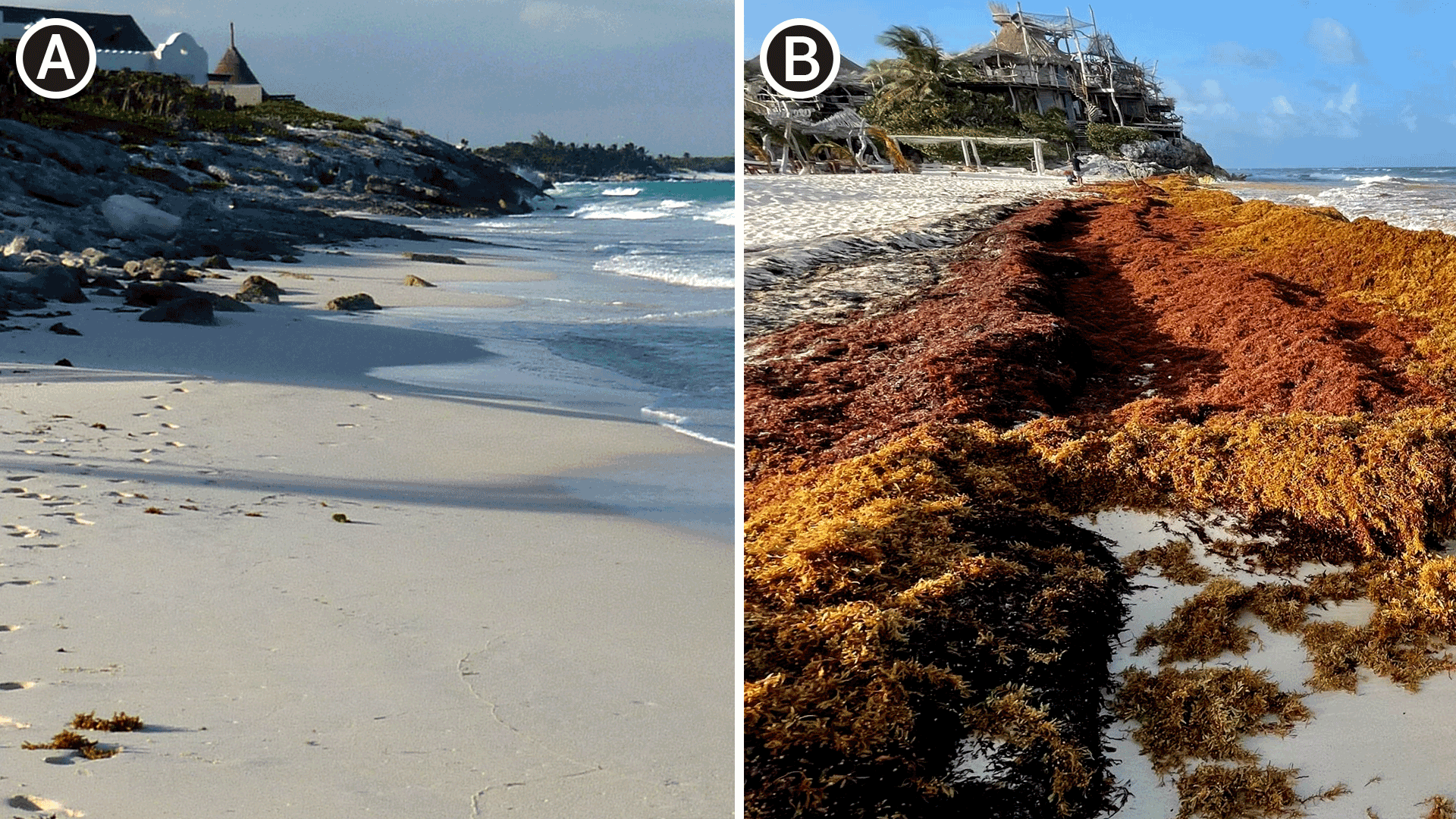
Plate 2. Tulum beach A) 2009, without seagrass B) 2022, with seagrass. Photos by Meleni Aldridge.
The sargassum seagrass has been washing up in ever larger quantities on beaches on the western coast of the Americas, from Argentina to the USA. It’s comprised of several species of seaweed (algae) and originates from what was referred to as the Sargasso Sea, a huge and growing area of the north Atlantic, north and east of the Caribbean, that now stretches all the way to the coast of West Africa. Until recently, the Sargasso Sea – the only named sea to not be bounded by a coastline — was about the size of the United States. Now it’s around double its width and is referred to as the Great Atlantic Sargassum Belt being estimated to stretch around 9,000 km (5,600 miles) in length, comprising over 20 million tonnes of biomass. On the Yucatan coastline of Mexico, the sargassum didn’t arrive until 2015 and it’s been getting steadily more intense each year, with December and January being the only two months when the sargassum might not wash up. This means there is intense pressure on tourism over just two of 12 months, causing further environmental stress.
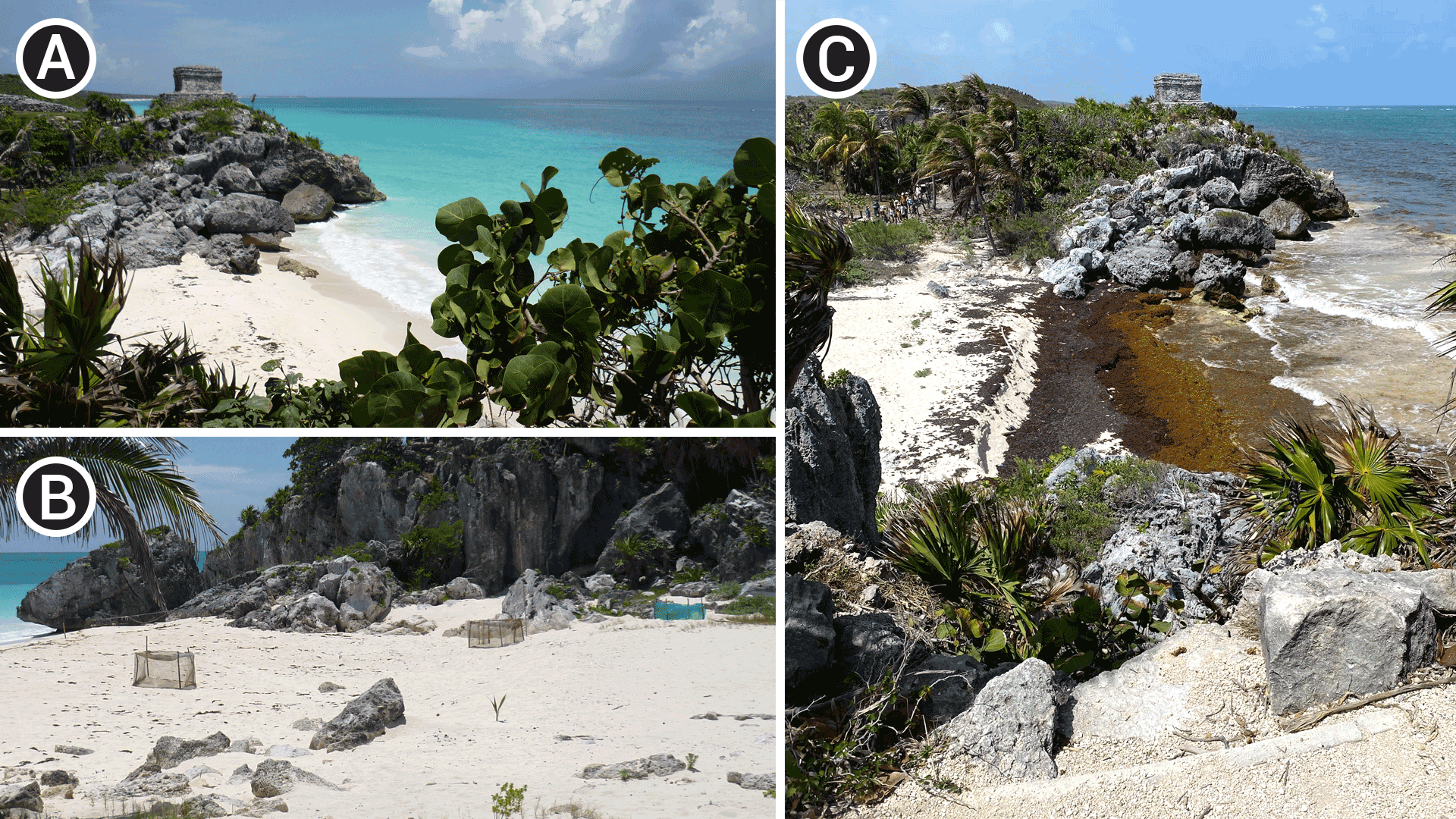
Plate 3. Beach at the Mayan Ruins, Tulum (Zona Arqueologica de Tulum)
A) 2009, view from ruins; B) 2009, the same beach showing the protection cages for the turtle nesting sites; C) 2022, view from ruins showing seagrass accumulation and obstruction for sea turtles. Photos by Meleni Aldridge.
Oceanographers and sargassum ecologists have been developing ever more solid theories about the explosion of the sargassum blooms. As with so many modern-day challenges, there isn’t just one cause. Climate change is the ticket most often flagged by politicians and the tourist industry, but that only explains a part of the problem. It also doesn’t help identify solutions.
Take China. It’s the largest contributor of carbon to the atmosphere, so is that where political pressure should be applied to save the coastal ecology of the Americas? Not only would the Chinese government likely be unresponsive, China’s greenhouse gases are only a small part of the problem. Yes, global warming does appear to have been changing the flow of the four currents that form a ‘gyre’ that surround the Sargasso Sea so contributing to more seagrass washing up on beaches, but it’s probably not a primary factor causing the explosive blooms.
Any search in the peer reviewed literature for a more plausible explanation leads to a landmark paper by a group of oceanographers from the Florida Atlantic University who published their findings in Nature Communications last year. The paper suggests one of the dominant reasons for the blooms is the projection of nitrogen-rich water from the mouth of the Amazon in Brazil, caused by deforestation, agricultural intensification and large inputs of synthetic fertilizers in the newly cultivated Amazon basin. On top of that, there’s nitrates from sewerage from increased urbanisation along the Central and South American coast and the contribution of forest fires.
Politicians in the region often try to downplay the significance of the blooms with some arguing that the expanding biomass is creating homes for a plethora of sea life and birds out in the ocean. The authors of the Nature Communications paper are more circumspect, suggesting the seagrass blooms are having “catastrophic impacts on coastal ecosystems, economies, and human health.”
This example, witnessed with our own eyes as a minute snapshot in space and time, serves to remind us of the complex and interconnected nature of the environmental problems we face, as well as the scientific uncertainty around them. It is noteworthy that when ecological dynamics shift very quickly, a phenomenon referred to as ACES which stands for Abrupt Changes in EcoSystems, adaptation by other organisms is always much more difficult and the consequences can be dire.
‘Covidians’ and climate change fanatics
As I alluded earlier, in this increasingly polarised world, there is a diminishing tolerance for views that diverge from a stage-managed mainstream narrative that usually includes one agreed definition of each problem with an accompanying, usually technological, solution.
With covid-19, the problem was proposed as the emergence of a zoonotic virus to which humans had no prior immune memory. The solution put to the people, with no opportunity for discourse, was to lock us in our homes until such time as a series of fast-tracked synthetic biology vaccines could be rolled out experimentally on a global population. There was no opportunity to test if this might even work and there were a lot of other plausible options that were overtly left off the table.
With the passage of time, it looks ever more like the virus emerged from gain-of-function research, and that lockdowns and synthetic biology vaccines either didn’t work anything like as well as promised or claimed or they may have even contributed to more harm than good in some population groups, especially the young (here and here). And even now, we’re likely still not out of the woods given that herd immunity hasn’t been achieved and new, more virulent immune escape variants could still emerge.
Despite these failures, some businesses and individuals have made huge wins financially because of covid-19 – especially those involved in the vaccine, medical supplies and tech fields (see here and here).
Just as ‘medical misinformation’ and ‘conspiracy theory’ have become the key tools used to disarm anyone who attempts to bring a counter argument to the table, this same approach is used to side-line those who contest what is becoming the ‘religion’ of the mainstream, UN-approved climate change narrative. If you argue that human interventions, pollution or habitat destruction (Fig. 1) might be more important than pushing green bond-fuelled technological innovation or getting corporations to reduce their carbon emissions, you’ll likely find yourself ostracised by the in-group. You will be labelled a disinformation source that is undermining collective efforts to mitigate climate change. You might even find yourself in the same outgroup as fossil fuel protagonists.
Final thoughts
Climate change and carbon emissions have become the catch cry for everything that’s going wrong in non-human nature, despite the fact we know that the environmental problems facing planet Earth go far beyond either of these complex processes. Yes, we are a form of carbon-based life - and yes, the Industrial Revolution has ensured nearly all civilisations on our planet have become industrialised. Such is the web of life, all biological and ecological processes are interconnected, so you can't silo off each of the factors and processes and ignore the way they interact with each other. When we look at the biosphere of planet Earth, we are indeed looking at an extremely complex organism, James Lovelock's Gaia theory providing a useful lens through which to view our, and our planet's, challenging predicament.
By way of example, if you wanted to be serious about resolving the sargassum problem in the Caribbean, Central and South America, you’d ignore nitrogen, phosphorus, intensive agriculture, deforestation and urbanisation at your peril. Climate change and the carbon cycle just doesn't provide us with a sufficiently broad lens to view the problem, or envisage solutions. You’d also be missing a very big trick thinking that a high tech solution is your best option.
We hear about climate change through mainstream media on a daily basis but we’re rarely told we’re already amidst the sixth mass extinction which is yet another way of looking at the perilous state of planet Earth. And because everything is interrelated, yes, we recognise that even this extinction process will be further exacerbated by anthropogenic disturbance to the carbon cycle.
It is now impossible, in my view, to ignore the multiple markers around us that suggest the planet is in crisis, this crisis itself being instigated from multiple angles (Fig. 1).
To name just a few, we are now witness a free-fall in the diversity of insects, birds and plants, and the increasing pollution and contamination of soils, waterways, oceans and the atmosphere. If we use the climate change label to describe this emerging catastrophe, that could perhaps be better described as the sixth mass extinction - as David Attenborough chose to do in his witness statement, we limit our opportunities to mitigate the problems for which we are responsible.
We must recognise that our current, human-induced planetary crisis is being antagonised by society’s misplaced confidence in technology and a lack of appreciation of, or disregard for, the power of nature to re-establish equilibrium — regardless of the source of disturbance.
While it can be argued that there is a moral responsibility to take a collective responsibility for the problems wreaked on the world around us, that doesn't mean we need to deny individual's free will. In fact it is free will, coupled with a sense of collective responsibility (something that is quite different from political 'collectivism') that allows human beings to express their greatest capacities for good and creativity.
As 4 billion years of planetary history tend to suggest, Gaia is likely to have this one covered, but only if we allow her the opportunity to do her best work. Electric vehicles, 5G technology and lab-grown meats have the potential to generate massive revenues for a select few, but, like lockdowns and covid-19 vaccines, they have yet to prove their worth in resolving our planetary crisis.
If we want reliable solutions, look no further than Nature. You’d be hard pushed to find a better track record.
14 things you can do that help support Nature
- Buy as much of your food as you can from regenerative, organic or biodynamic farming systems
- Buy local or regionally produced foods grown without pesticides and synthetic fertilizers
- Grow your own food and herbs
-
Reduce household waste, recycle and reuse what you can
-
Opt to ride a bike or walk whenever you can
-
Limit airplane travel
-
Don't buy new clothes/products unless you really have to — and try to buy quality used products or new ones from sustainable sources and recyclable materials
-
Use natural household chemicals and personal care products
-
Enjoy the beauty and majesty of nature, from your local park to forests, mountains and coastlines
-
Support (as a volunteer or financially) the protection and maintenance of natural ecosystems
-
Switch to a renewable energy provider
-
Move you money out of fossil fuels
-
Educate, speak out and protest — become someone who makes your feelings known in ways that make a difference to the planet, whether it is in your local community, your country, or on the world stage
-
Communicate your sentiments with your member of parliament or other elected representatives.
>>> Read Alexander Pohl's 'exclusive' Guest feature article: Beware of the grey industrial wolf in ‘green’ fleece
>>> Alliance for Natural Health International re-Publishing Guidelines
>>> Has this article generated questions for you? Did you know our ANH Pathfinder Members get a free monthly Q&A as part of their annual membership? Why not Join us!
>>> Visit our online shop to buy a copy of our 'Planet in Crisis' poster and much more!
Proudly affiliated with: Enough Movement Coalition partner of: World Council for Health





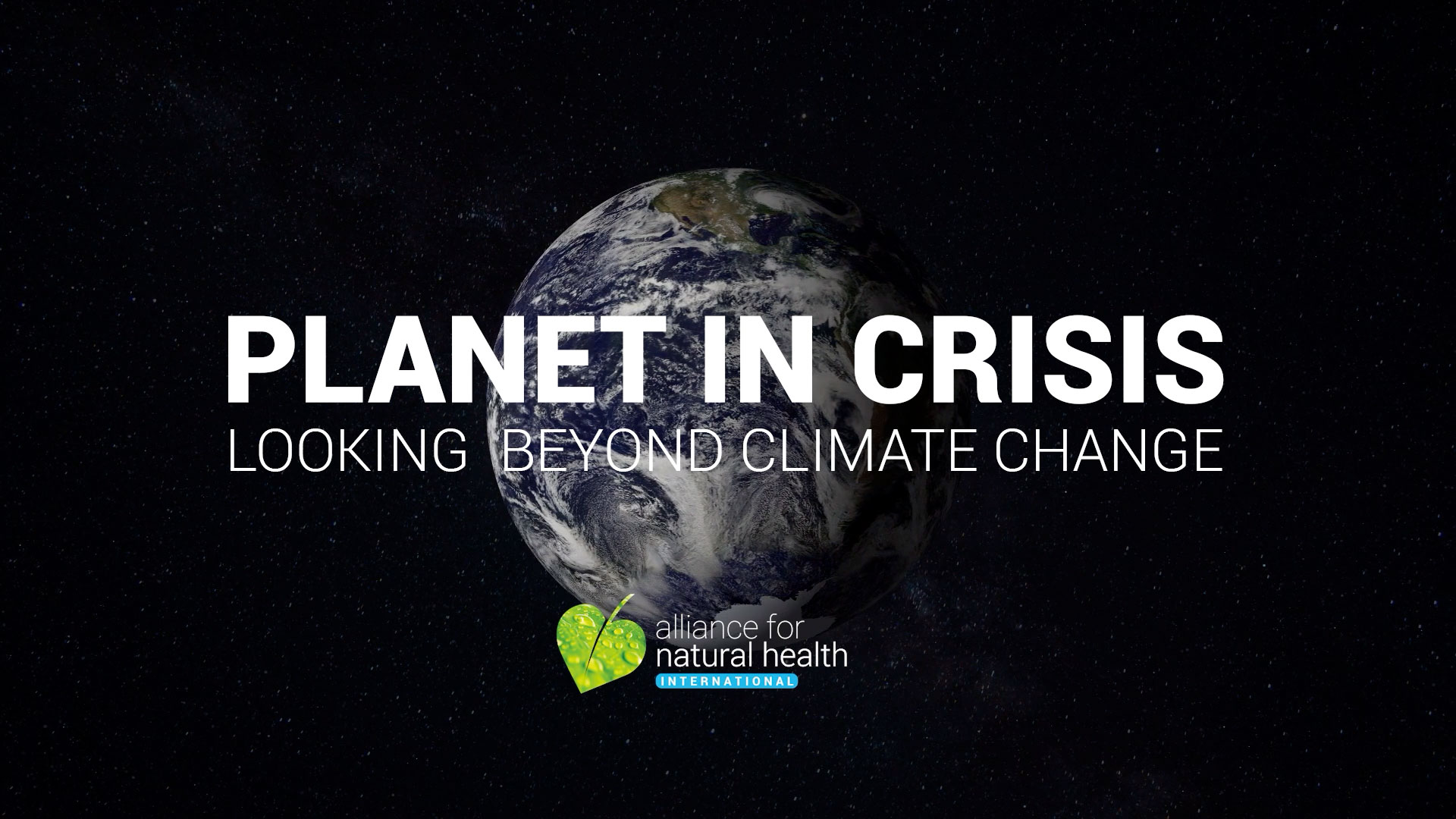
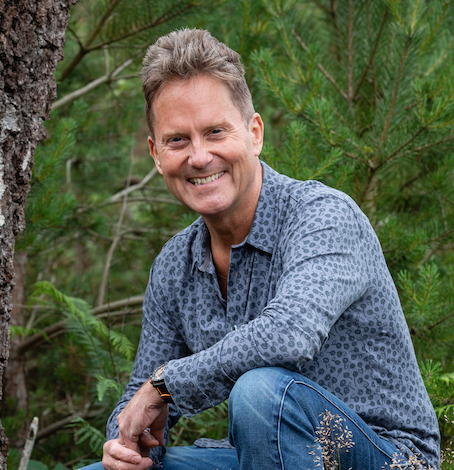
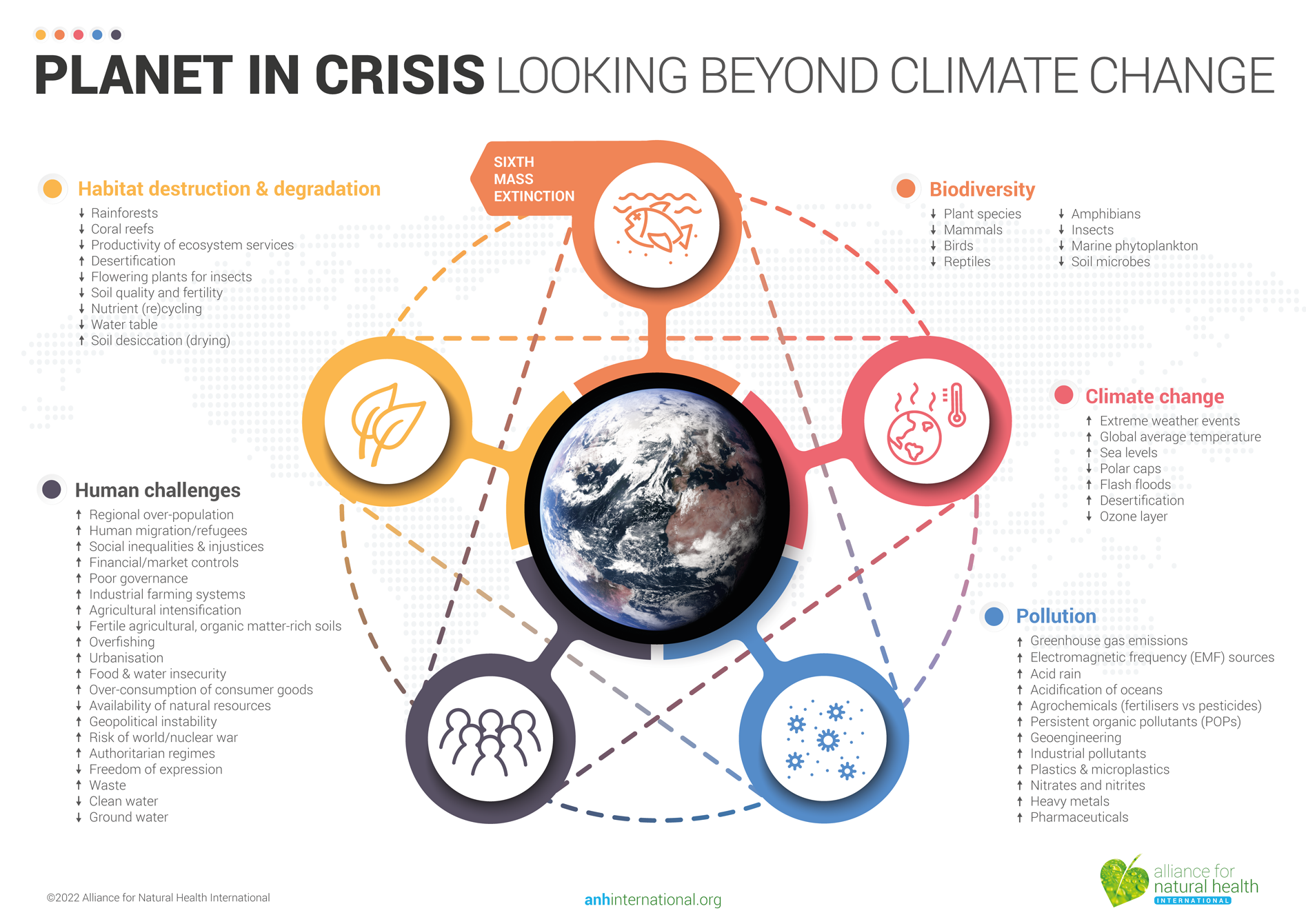
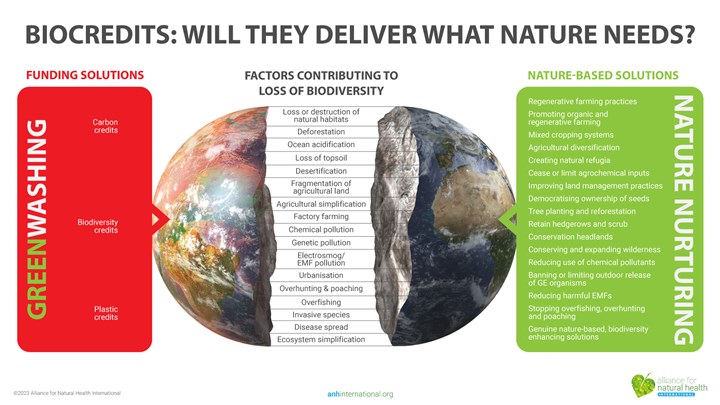
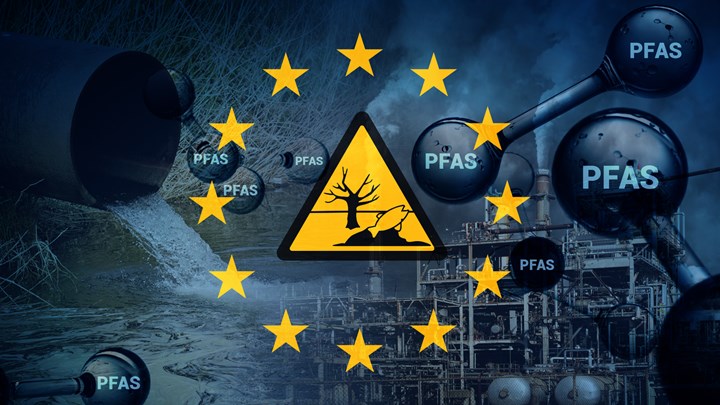
Comments
your voice counts
13 May 2022 at 6:56 am
Thanks for the article and raising awareness. I would like to add a few other very important things that we can do:
Switch bank, insurer & pension provider from those that use your money to invest in fossil fuels (many high street banks) to ones that dont and tell them why you are moving https://www.campaigncc.org/timetoswitch
Switch to a renewable energy provider such as Good Energy or Ecotricity
Dont buy new things unless you really have to and try to buy second hand instead
Protest - join climate crisis protests to show the government they are not doing enough
Write to your MP and express your concerns
Think about who you vote for - the IPCC report said there must not be any new investments in fossil fuels - the UK Govt has announced new investments, putting profit before the planet and lives.
13 May 2022 at 11:19 am
Great calls, Helen. Hope your don't mind that we've added them to an update! Best, Rob
13 May 2022 at 6:59 am
check your bank/penion/energy provider here https://switchit.green/
Your voice counts
We welcome your comments and are very interested in your point of view, but we ask that you keep them relevant to the article, that they be civil and without commercial links. All comments are moderated prior to being published. We reserve the right to edit or not publish comments that we consider abusive or offensive.
There is extra content here from a third party provider. You will be unable to see this content unless you agree to allow Content Cookies. Cookie Preferences